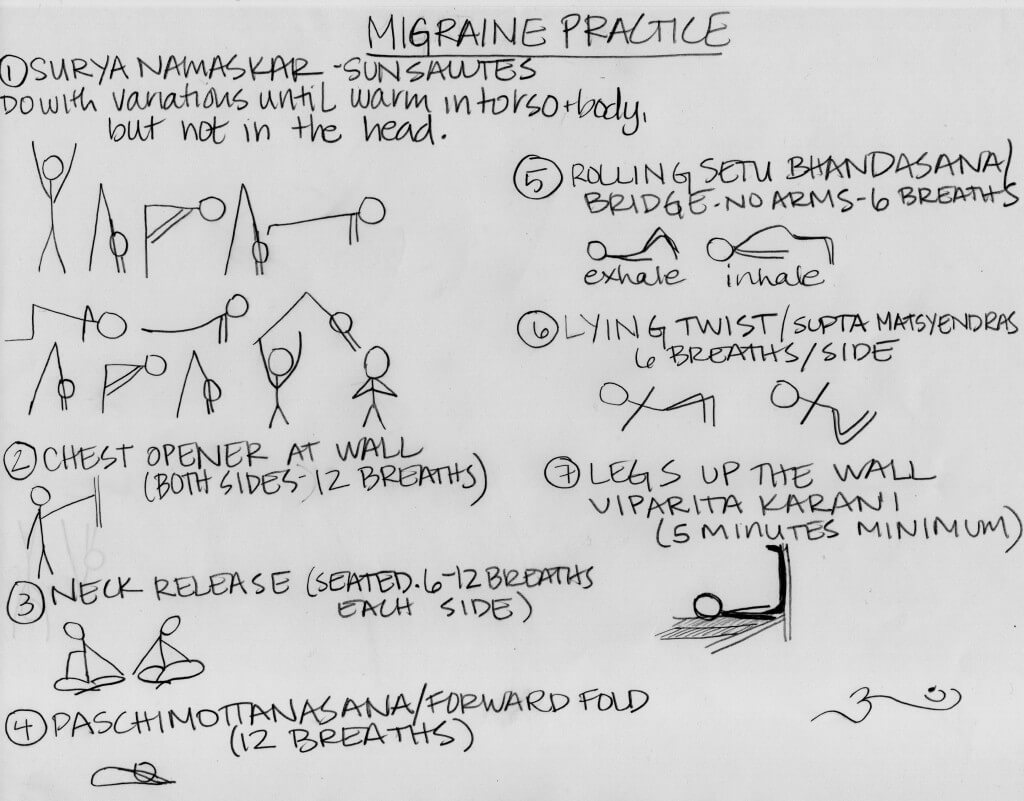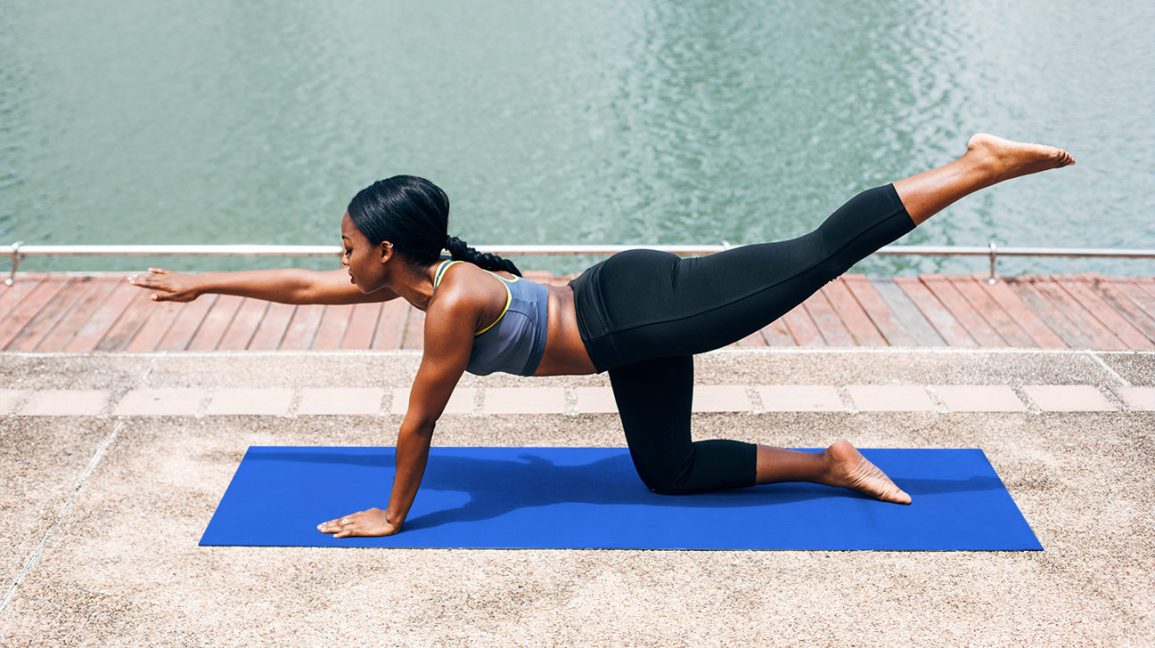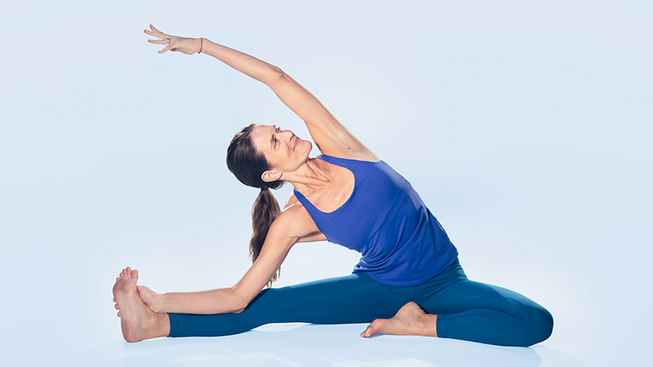
Yoga is a practice of yoga that is regularly done by yogis. They can be male, female, or both and they are very dedicated to their practice.
The term 'yogi' is used to describe those who have adopted the ancient practice of yoga, combining physical and spiritual exercises to enhance their wellbeing and well-being. It can also refer those who follow a yogic lifestyle that includes many elements of yoga such as self-study, mindfulness, meditation, and even mindfulness.
What is a Yogi, and how do you define it?
Yoga, meditation and other mindfulness practices can all be part of a yogi's daily life. A yogi must find balance among these activities in order to achieve inner peace and harmony.
How do I become an yogi?
Accepting yourself as you are, with all your bad, good and ugly traits, is the first step to becoming a yogi. This is the first step to realizing the secret to living a full life.

Starting by being aware of your thoughts and emotions is a good place to start. This will give you insight into yourself and help you communicate with the outside world. You will also be able identify the patterns and behaviors that you do not like so that they can be changed.
Next, set some goals. This could include anything from practicing mindfulness or meditation more often to learning new poses. There are many resources out there to help you get started.
3. Yoga ethics and values should be practiced
Yoga is an ancient discipline that combines many types of mental, physical and spiritual practices. It is a collection of ethical principles that aims to cultivate a happier, more contented, and more positive life. These principles, also known as the Yamas or Niyamas are easily incorporated into your daily life.
4. Avoid cruelty, hostility, violence and aggression towards others
Yoga is a yogi who understands all beings are equal, and has strong respect for all sentient beings. They are therefore adamant against violence and aggression, verbal and otherwise. They avoid products and services that are based on animal slaughter.
5. Keep a yogic diet
Yogis eat healthy, balanced meals that emphasize whole foods, and avoid excess salt, sugar, and fats. It is important to drink lots of water as this will help cleanse your body and improve your overall health.

6. You must be honest with yourself as well as others
Yogis adhere to the principle truthfulness. It means that they tell the truth no matter how it affects others. This is especially important for spiritual realms, where honesty is key.
Yogis must be able speak truthfully without trying to conceal it or bend it. They must also be open to making mistakes and learning from them. This is a crucial part of yoga's moral discipline (known as Satya). Also, it's important to be open about your feelings and emotions in order for you to be a positive influence on others.
FAQ
Is 20 minutes of Yoga a Day enough?
Yoga should be more than just a means of exercising. It should also be used as a tool for self-discovery. It's a time for reflection on your life and the way you live it.
My friend, who had been practicing yoga for many, years, introduced me to the benefits of yoga. He said that he practiced yoga 20 minutes each day, which made him feel calmer and more relaxed throughout the day.
I decided to give it a try and was amazed at the difference it made in my overall well being. I have continued to practice yoga regularly since then and find that it helps me relax and focus when working at my desk.
You need to discover what works best for YOU and set realistic goals. Yoga does not have to be an exhausting activity.
Can yoga be beneficial for people suffering from chronic diseases?
Yoga may help with heart disease and chronic conditions like diabetes. It can improve overall fitness, reduce stress and increase flexibility.
Yoga is also beneficial for many other conditions like arthritis, asthma, depression, fibromyalgia and high blood pressure.
What should I do to begin practicing yoga?
To lie down, you will need a mat (some can be folded), loose clothing and a towel/blanket to place underneath your head.
Also, you may need props like straps to hold your blocks, straps to support your bolsters, blankets or towels in order for some poses.
In general, however, you shouldn't need anything else. Yoga is a commitment.
What are the health benefits of yoga?
Yoga is an ancient practice that originated from India. Yoga was created by Hindu monks to improve their mental and physical well-being over the centuries. Many people use yoga for relaxation and stress relief. Many people believe yoga can help them increase their strength and flexibility.
Yoga helps improve balance and coordination. Yoga is also great for seniors who want an active lifestyle. It can help you avoid injuries due to falls or other causes.
Yoga strengthens your cardiovascular system, which is why it's good for your heart. If you have diabetes, high blood pressure or are overweight, this is a good option.
Yoga reduces stress and anxiety as well as depression and insomnia. For those with arthritis or fibromyalgia, yoga can be especially beneficial.
As you get older, your muscles naturally lose some elasticity. Yoga is a great way to keep your muscles strong and flexible. As you get older, you'll notice that yoga increases your energy and stamina.
According to the National Institute on Aging regular yoga has been proven to reduce symptoms like fatigue and hopelessness. According to the institute yoga can increase bone density and lower cholesterol.
Yoga can also relieve headaches, back pain, and other issues. The slow pace of yoga and its gentle movements are particularly helpful in reducing muscle strains and spasms.
Where can I locate a skilled yoga teacher in my area?
Find qualified yoga instructors in your area. You may also be able to search for a teacher online if you aren't located near a studio. Also, consider joining a yoga class that offers online registration.
How does yoga work?
Yoga is based on alignment, breath control, meditation, and stillness principles. If done properly, yoga can bring peace and calm to the practitioner.
Warming up is an important step in any yoga class. For example, you might start with stretches like forwarding bends (bending forward), backward bends (bending backward), twists, and side bends. These moves help loosen tight muscles, and prepare you to take on deeper poses.
Next comes "standing", which is a balancing position. This pose involves standing on your feet with your arms extended at your sides and looking down towards your floor. Your body should feel grounded, centered, balanced, and rooted.
Next, you need to get into deep stretching postures. In these poses, you lie face up on the ground, bend your knees, lift one leg, then the other, and stretch your spine in every direction possible. Grab onto something sturdy to keep you from falling. You can rest your hands on the ground if you don't have something to hold onto.
After completing all of these poses, you can move on to a series standing poses. These include the mountain, warrior, downward, upward, plank, and final poses.
It's important that you take your time and breathe slowly when practicing yoga. Deep breathing not only cleanses your lungs but also calms your mind. Focusing on your exhales and inhales can help you do this. Make sure to count every time you take another breath.
You can do yoga wherever you are, even while cooking. Follow the steps above, but don't lie on your back.
If you are new to yoga, try starting with just 10 minutes daily. You can still benefit from yoga, regardless of your age.
Statistics
- The people in the yoga group were 37 percent more likely to have quit smoking by the end of the 8-week program. (nccih.nih.gov)
- Gentle yoga has been shown to ease some of the discomforts of tender, swollen joints for people with arthritis, according to a Johns Hopkins review of 11 recent studies. (hopkinsmedicine.org)
- Lock in 25% off your Founding Member rate. (corepoweryoga.com)
- In comparison, a 125-pound person is estimated to burn 135 calories in 30 minutes of walking (at a pace of 15-minute miles) and 210 calories bicycling at a moderate pace on a stationary bike. (everydayhealth.com)
- According to the Agency for Healthcare Research and Quality, falls are incredibly common among older adults in nursing facilities. Even the simplest ones can increase the risk of death (24). (healthline.com)
External Links
How To
What can yoga do for your menopause symptoms
Yoga is an ancient practice that originated in India and focuses on stretching, breathing, and meditation. It has been used for thousands of years to keep fit. It has gained popularity as people search for alternatives to staying healthy and active in stressful situations.
Yoga is about using physical positions (asanas), to strengthen muscles, improve posture, and increase flexibility. This helps relieve tension and increase strength and stamina.
There are several types of yoga. Each type focuses only on certain aspects of your body, like breathing, stretching, and relaxation.
All forms and types of yoga seek to attain balance within the body, mind and spirit. Yoga can improve your fitness, sleep quality, weight loss and energy levels as well as reduce stress levels.
Yoga may be beneficial in the treatment of anxiety, depression, insomnia, and other conditions. But, it is difficult to prove its effectiveness for other health problems such as menopause symptoms.
Yoga is a way to feel happier and healthier.
It is important for you to know that yoga can cause muscle soreness. You should consult your doctor if there are any concerns regarding your medical condition.